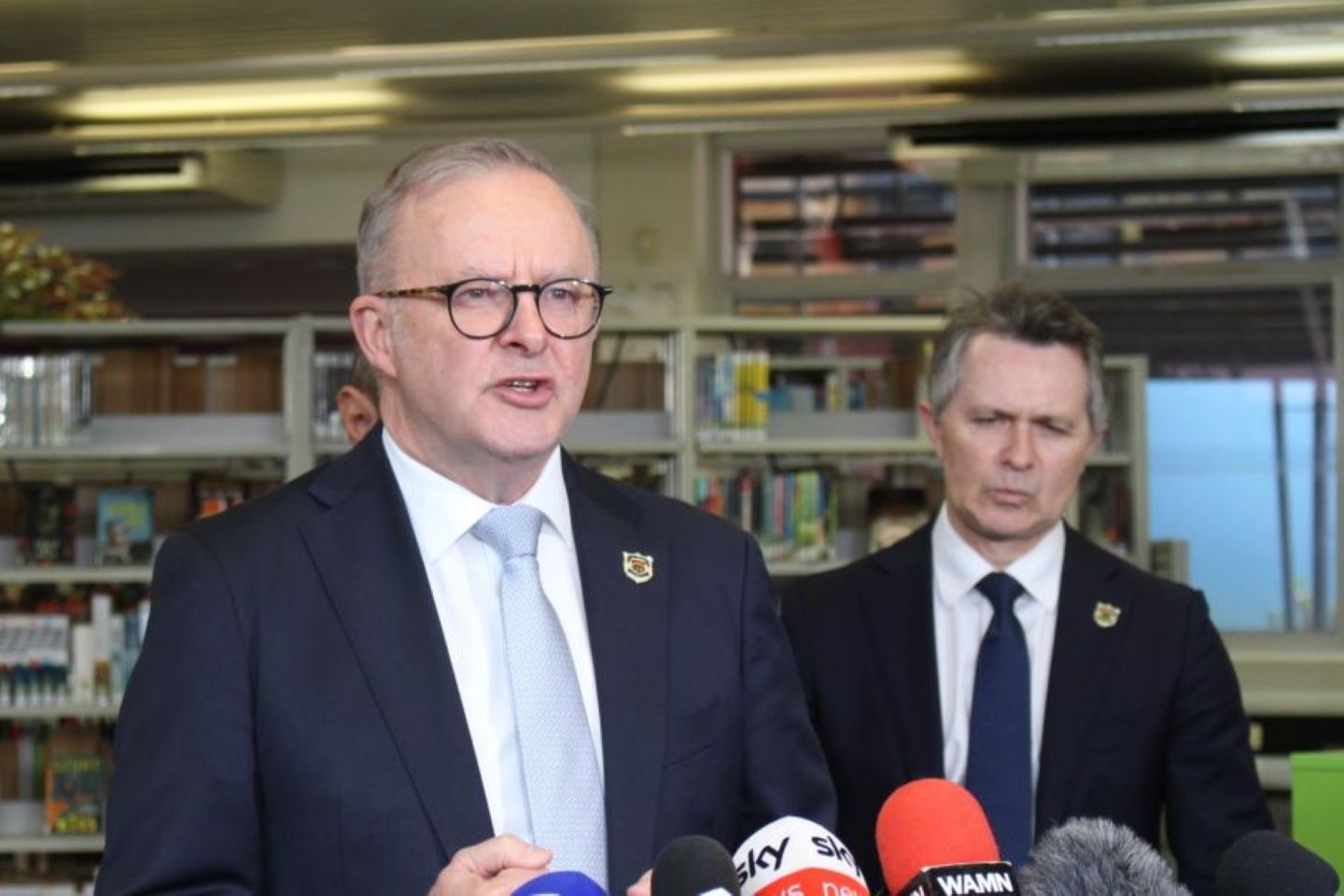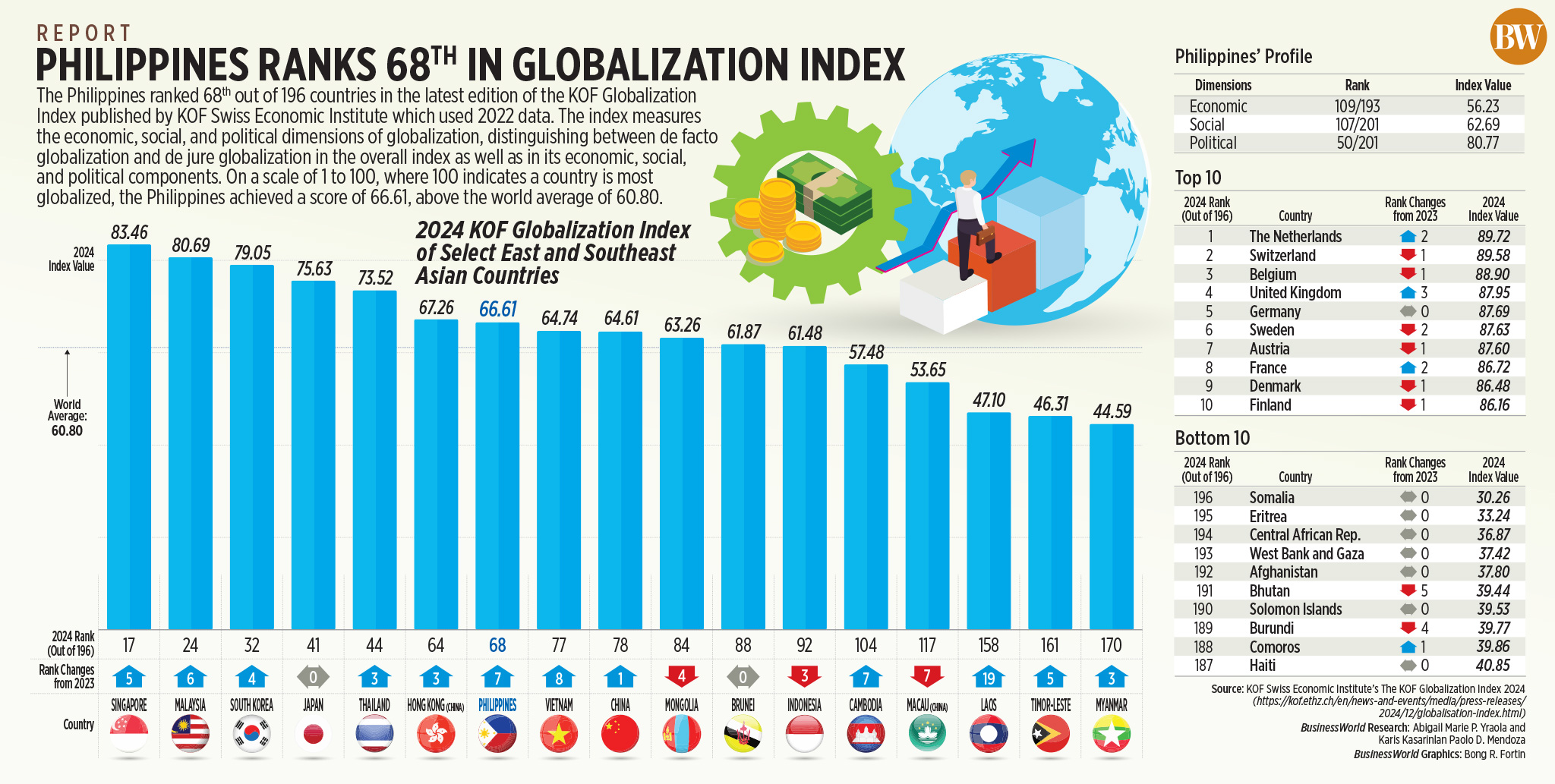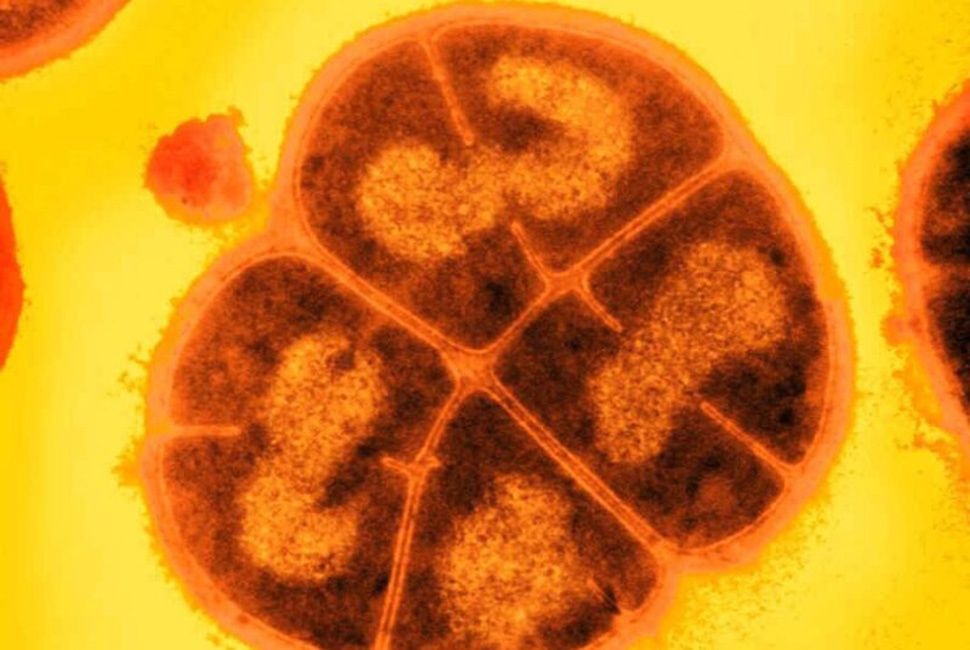India’s steel exports stabilised in November in the 0.4 million tonne (mt) range in view, witnessing a 71 per cent y-o-y growth, because of a low-base effect (0.23 mt) and orders coming in from select European markets. This was the second straight month when exports rose y-o-y. Although range-bound for three-to-four months now, steel exports continue to be subdued – down 10 per cent-odd sequentially – after peaking in October (0.45 mt).
On the positive side, imports saw a 32 per cent y-o-y decline in November – the second straight month this fiscal – to 0.75 mt. It stood at 1.1 mt in the year-ago-period (November 2023). On a sequential basis, there was a 28 per cent decline in November imports versus October which stood at 1.0 mt, indicating some positive impact of increased vigilance and quality checks, as per an internal report of the Steel Ministry, accessed by businessline.
NET IMPORTER
However, the country was still a net importer of steel for the April-November period (eight months). Imports stood at 6.5 mt, up 27 per cent y-o-y, while exports at 3.2 mt – almost half of imports – saw a 24 per cent y-o-y dip. In the year-ago-period, imports stood at 5.1 mt and exports at 4.1 mt.
“Imports have gone down sequentially primarily on account of some of the quality checks put in place by the Ministry. There could be some stabilisation happening in China. But the impact of global trade policies needs to be watched out for. However, these are early trends that needs to be observed further,” an official said.
Bypassing Quality Norms
The Steel Ministry’s assessment has been that traders and manufacturers were trying to import steel with “minor alternations in grades to bypass BIS standard requirements”.
Last year, 1,136 more (new) grades were filed with the Ministry (for import). And most of these are neither internationally recognised nor covered in BIS standards. ”They just have minor variation in chemical composition or product measurements and seem to be an attempt to import cheap steel in the name of different grades,” the official said. The assessment said most of these shipments have been ordered without any no objection certificate.
There are 1,376 approved steel grades and clearances are generally required for importing any other grade.
Recently, a consignment from Japan was stopped. And the Ministry clarified that as on October 31, there were 735 applications on its portal; out of which 594 were allowed till November-end. For 141-odd applications, clearances were not granted since these were not as per norms.
Subdued Exports
Market intelligence firm BigMint in a report said, global HRC market is expected to remain subdued in the short term. While Indian mills are maintaining stable export offers, competitive pressure from Chinese producers and sluggish demand in key markets could further impact export volumes
“Exports are hovering in the 0.4 mt range and not picking-up. Sluggishness in export market continues. Europe has not picked up big, and offers to Middle East are being held back in view of cheaper offerings from China,” an exporter said.
So far, Indian offers for benchmark hot rolled coils to ME has been in $550 per tonne range, against the Chinese which is around $525 per tonne. European markets are taking it slow as they intend to see how trade restrictions and allied policies play out.
Domestic Market
India’s domestic steel consumption for the April-November period remained strong, up 12.3 per cent y-o-y, at 98 mt. And against this, the production of finished steel was 95 mt, up 5 per cent-odd y-o-y.
At present, steel in domestic market is cheaper than imports with Indian mills rolling over (keeping them unchanged over November) their prices at ₹48,100–48,200 per tonne for December deliveries. Imports from China are priced in the ₹49,000-50,000 per tonne range.
According to market intelligence firm, BigMint, China’s steel sector showed mixed trends in late November. Inventory declined while crude steel production stabilised. “Short term outlook suggests potential inventory stabilisation, continued moderate crude steel production and increased finished steel output influenced by improving demand (in China),” the report mentioned.









Leave a Comment